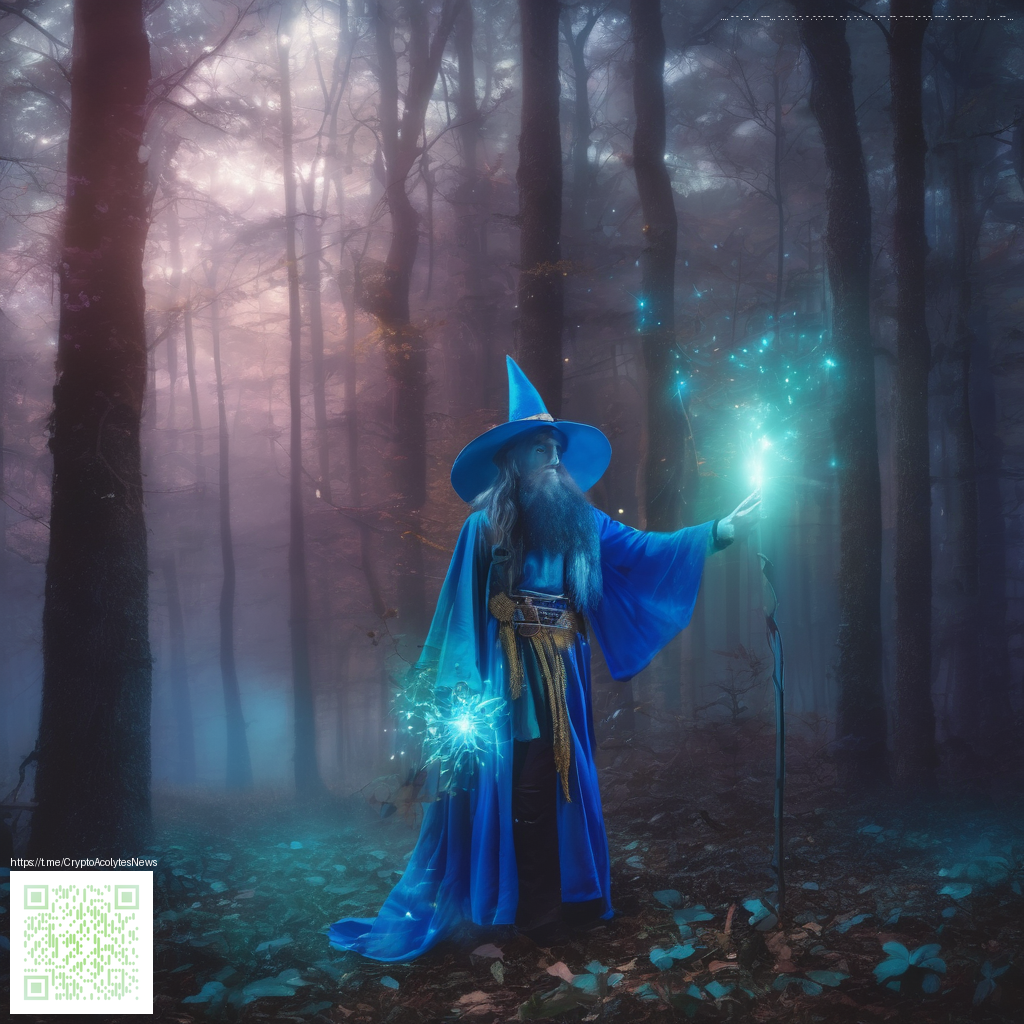
Shading Secrets for Flat Digital Textures
Flat digital textures often feel like a blank canvas—gestures of light and shadow determine whether a surface reads as realistic, glossy, or purely stylized. The challenge is not to conjure depth with heavy tricks, but to orchestrate light in a way that respects the material’s innate properties. In this guide, we explore practical approaches to shading on flat textures, with an eye toward workflows that translate well from concept art to game-ready textures and UI surfaces.
At the heart of convincing shading is understanding how light interacts with a surface. Even a seemingly uniform texture will respond differently to a light source depending on its roughness, micro-textures, and reflectivity. For artists and designers who want consistent results across devices, it helps to establish a dependable framework: a known light direction, a material profile, and a clear strategy for where highlights and shadows belong. This approach keeps shading coherent as you refine details or scale the texture for different resolutions.
Tip: Treat shading as a conversation between light and texture. If the surface “answers” with subtle, deliberate changes in value, it reads as tactile—even on a flat plane.
Foundations: Light, Shadow, and Material Response
Begin by choosing a light source direction. A single, well-defined direction makes it easier to place long, soft shadows and to craft specular highlights that feel intentional rather than arbitrary. Next, define the texture’s material response. A matte surface absorbs more light, producing muted shadows, while a glossy or neon-tinged surface reflects more, creating sharper speculars. For flat textures, you’ll often rely on gradient ramps and subtle edge shading to simulate depth without relying on actual geometry.
Value contrast is your friend. On a flat digital texture, the difference between a midtone and a shadow should be pronounced enough to read at small scales but not so extreme that it looks painted on. This balance helps ensure legibility on screens of varying sizes, especially when the texture doubles as a user interface element or a background surface in a gaming peripheral setup.
Techniques You Can Apply Right Now
- Ambient occlusion-inspired shading: Add soft, cumulative shadows in creases or near where two tones meet. The effect is subtle but grounds the texture in space.
- Gradient ramps for depth: Use a smooth transition from light to dark across the surface to imply curvature or micro-embossed detail without creating harsh bands.
- Specular control: Reserve bright highlights for the most reflective regions. A small, focused specular peak can imply moisture, plastic, or neon glow depending on the context.
- Rim lighting for edge clarity: A thin rim along the outer edge helps separate the texture from the background, especially when the surface lies flush with a dark scene or UI panel.
When applying these techniques, think in terms of bands of light rather than a single sweep of shadow. This mindset keeps shading modular, making it easier to adjust for different toolsets or export targets. If you’re testing on a flat surface like a gaming mat or a UI texture, preview at multiple scales to ensure the shading remains coherent from close-up reads to distant silhouettes.
Workflow Tips for Consistent Results
1) Start with a neutral base: establish a midtone that matches the overall brightness of your project. 2) Build shadows away from the light source, keeping their edges soft to avoid a cartoonish feel. 3) Layer highlights in a controlled manner, focusing on the reflective character of the material. 4) Preview on a neutral background to gauge contrast impact and ensure the texture remains legible when composited with other elements.
Practically, you might apply these principles while working with a reliable, non-slip workspace accessory for reference—the Neon Gaming Mouse Pad Non-Slip 9.5x8in Anti-Fray from Shopify. Its stable surface can serve as a tactile stand-in during early shading iterations, helping you keep your brush strokes and gradients consistent as you tweak the texture’s light response.
As you iterate, remember to validate your shading across devices and color profiles. A texture that reads well on a high-contrast monitor may look flatter on a dimmer display. The goal is scalable, resilient shading that preserves the intended mood whether the texture appears in a glossy neon UI or a subdued, matte setting.
A Real-World Note: Material Context Matters
Shading on flat textures benefits from considering the material’s real-world analog. Leather, metal, plastic, and fabric each have distinct reflexivity and roughness profiles. While you might not replicate exact micro-details, aligning your shading logic with these material cues helps the texture “read” correctly when layered with 3D elements, lighting rigs, or environmental light in a scene. In gaming peripherals or neon-themed interfaces, a touch of glow or colored specular can anchor the texture in a vivid, tactile space without sacrificing readability.